Yesterday, there was a problem with the installation of small partners, let Xiaobian help solve. After all, due to his own negligence, he failed to find the problem in the most basic details and took a round to solve the problem. Simply, today Xiao Bian put his own troubleshooting experience to be a detailed description, hoping to help more partners.

In fact, the installation is a bit like building blocks, that is, the motherboard, CPU, memory, graphics card, hard drive into the chassis installed into a brain, connect a good hard drive and other connections after the cable connection power supply, power on, this process may seem tedious, practical skills It's still very simple. However, more or less will be installed in the machine, even if the use of such failures in the future, in order to troubleshoot the fastest time, or to find the root cause of the failure, an effective approach to troubleshooting is essential.
Troubleshooting begins with installation
The first is to check whether the equipment is installed correctly. When you are generally installed, especially if you are half-baked, it is easy to make minor mistakes. However, these small errors often show up in the end when the computer fails to start correctly.
Of course, this inspection is also in order. First, first check whether the CPU is installed correctly. Some people install it violently. The Intel platform crushes the metal contacts inside the CPU chassis. AMD violently installs and causes the pins to break. This situation is best confirmed repeatedly when installing the CPU. Xiao Bian suggested that when the machine is installed, the first step is to install the CPU on the motherboard, and the CPU fan is also installed. Check the error and put it in the chassis.
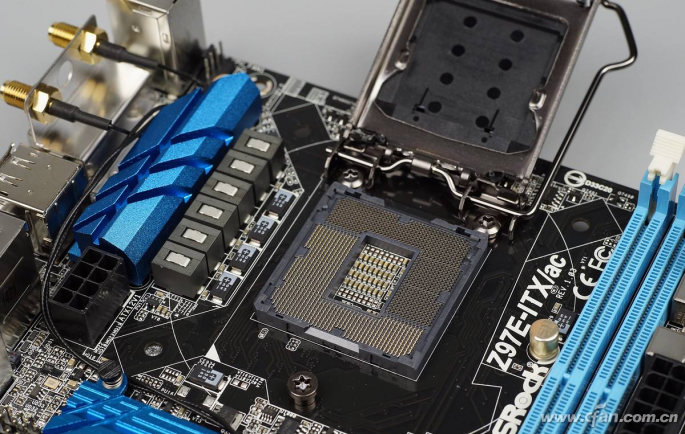
The next step is to troubleshoot the motherboard. The motherboard installation needs to pay attention to whether the mounting holes are misaligned. In an extreme case, the backplane of the chassis is deformed, resulting in the inability to align the mounting holes. If the installation is forcibly performed, it will cause great damage to the motherboard.
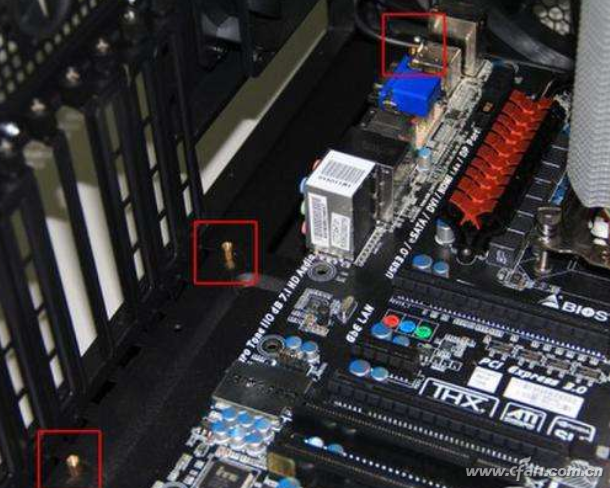
The third is whether the memory, graphics card, hard disk data cable and power cable are in place. There is no reaction or alarm at boot, sometimes because the memory, graphics card, etc. are not installed correctly, and the device is not actually powered on or connected. In general, these devices have a bayonet when they are installed. When installed properly, they will hear a "click" sound. In addition, we must remind you that many discrete graphics cards need to be connected to an auxiliary power supply cable. If they are not installed properly, they cannot be started.
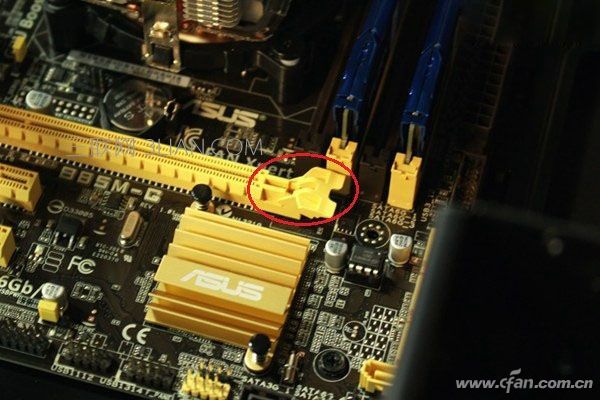
Don't turn on to do this
If everything is correct and the computer is not turned on due to an installation problem, then further troubleshooting is needed. At this time, the installation needs to do a subtraction - that is, remove all non-essential equipment. Non-essential equipment means to keep only the basic equipment that is sufficient for system self-test. The CPU (including fan), memory, and motherboard are the most basic components. It should be noted that if this is the case with Intel's system, there is no problem. The AMD platform (non-APU) does not have the built-in core to display the graphics card.
Do not install the hard disk, USB, etc., then turn on the power to observe the situation, according to the following different conditions to determine the computer can not normally power self-test failure.
No alarm sound:
The first kind: Power problem
The output voltage of the power supply is not enough, or the power supply itself has quality problems. There will be no reaction at this time. In fact, it is rather difficult to judge. It does not show any difference from the appearance of the latter case.
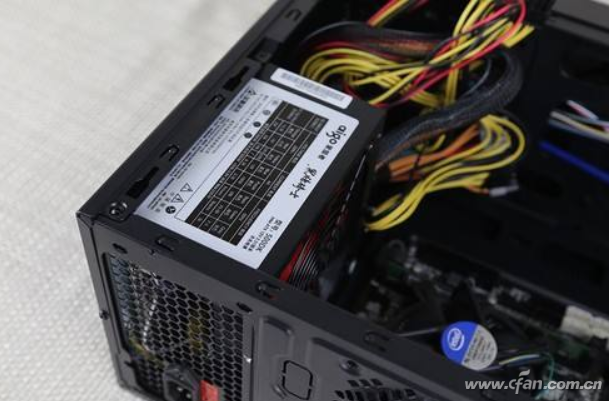
The second: motherboard issues
The failure of the mainboard power supply module will cause the CPU to not be able to supply power normally. The result is that the fan turns on after power is turned on, and so does the repeated operation. There is a high probability that this situation is a problem with the motherboard. Of course, if the CPU and memory frequency settings are wrong (more common when overclocking) this will happen (the motherboard protection mechanism triggers, strictly speaking, not a hardware failure).
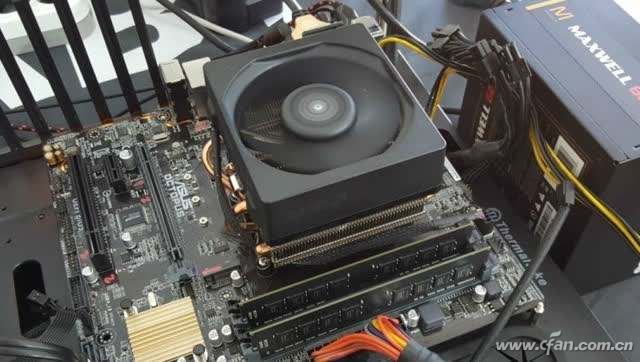
The third kind: CPU problem
If there is no alarm sound, but the system keeps running after power on, there may be a problem with the CPU. Because the computer starts the first sequence is the CPU, in the power-on self-test, if there is no electrical failure, CPU self-test is the memory, PCIE equipment, input and output devices in this order step by step self-test. Of course, such failures are rare.
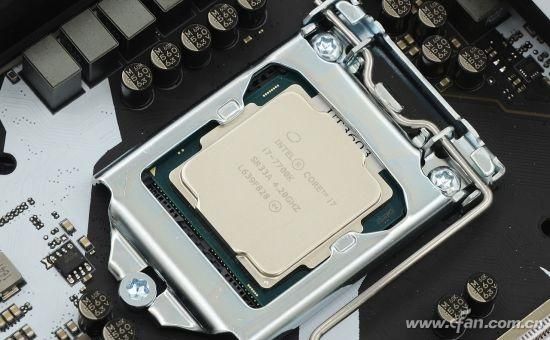
Fourth: The fan problem
In fact, this is not a fault. It is purely an installation problem. The CPU fan power plug must be installed in the CPU Fan position of the motherboard instead of the System Fan. Otherwise, the BIOS will assume that the computer is not equipped with a heat sink, and the CPU protection system cannot boot properly.
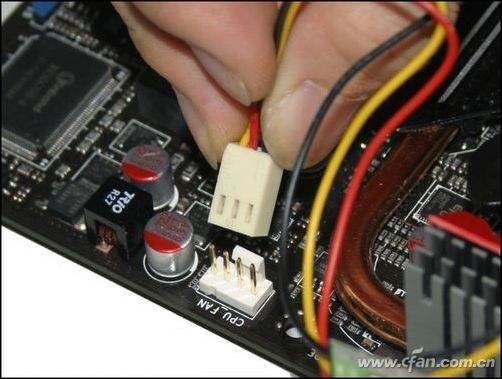
There is an alarm sound:
In fact, because the alarm sound is different from the BIOS and the fault is different, there are N alarm sound combinations. Xiaobian only extracts the heaviest one - it is a memory problem. If the CPU passes the self-test but the screen does not respond, an alarm sounds instead. The first reaction is usually memory. Sometimes in order to further detect whether the computer can not start is not a CPU problem, it will deliberately remove the memory boot, so that if the "successful alarm" shows that the CPU is intact, the problem lies elsewhere. As for other alarm sounds, there are many possibilities for faults, which need to be judged according to the combination of different COMS brands' sounds, such as one long and two short, three long and two short, and so on. There is a need to search for "CMOS+ alarms".
The last is the advanced fault diagnosis. If the above experience is not enough, or the problem is not checked, you can refer to the Debug Card to find the fault. It can be accurately indicated by a simple numeric code display to accurately identify the specific cause of the fault in comparison with the code fault table to accurately determine the source of the fault. If there is a special question, the comment area asks Xiaobian!
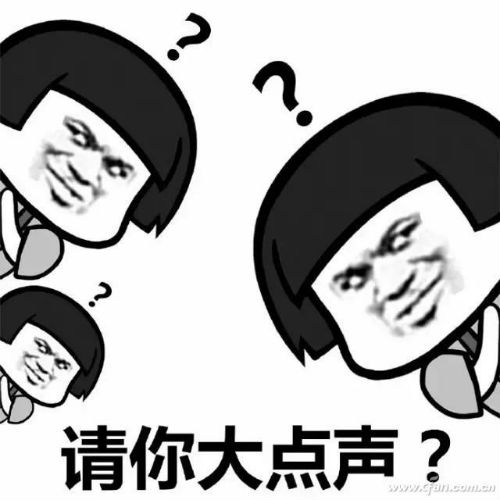
The texture of Regular Back Sticker attracts you in a unique and innovative way. The ultra-thin and breathable material does not affect the heat dissipation function of the device at all. The smooth feel and personalized patterns not only protect the phone from scratches, dust, impacts and fingerprints. Bring you a different experience.
The Back Film protects the back cover of the phone from unnecessary scratches and repels dust, while reducing the signs of daily wear and tear.
It has oleophobic and waterproof effects, which can prevent the adhesion of oil stains and fingerprints. Provide comprehensive protection and maintain a new state.
Using the Protective Film Cutting Machine, you can install the Back Film on different types of mobile phone back shells, including mobile phones, tablets and other electronic products. With just one click, the customization can be completed in 30 seconds.
If you want to know more about Regular Back Sticker products, please click the product details to view the parameters, models, pictures, prices and other information about Regular Back Sticker products.
Whether you are a group or an individual, we will try our best to provide you with accurate and comprehensive information about Regular Back Sticke!
Leather Back Sticker, Aurora Back Sticker, Back Skin Sticker, Brushed Metal Back Sticker, Mobile Phone Sticker, Back Sticker,Mobile Skin Sticker
Shenzhen Jianjiantong Technology Co., Ltd. , https://www.jjthydrogelprotector.com